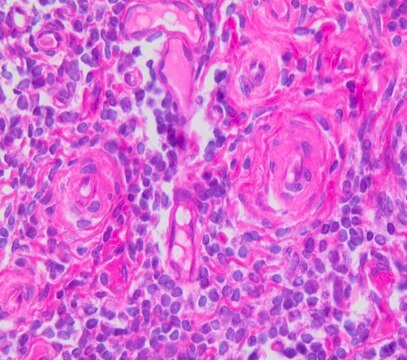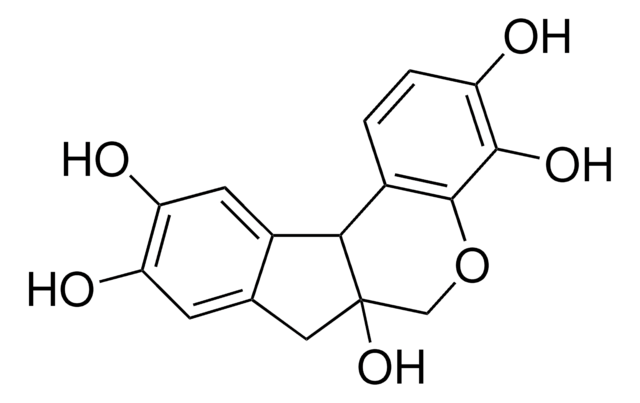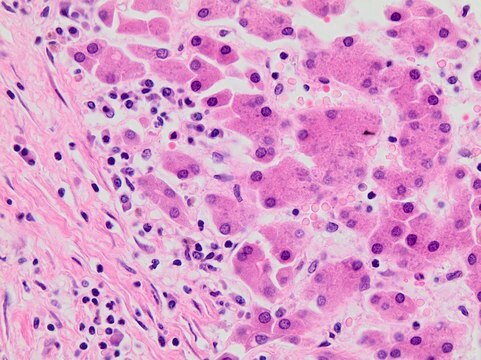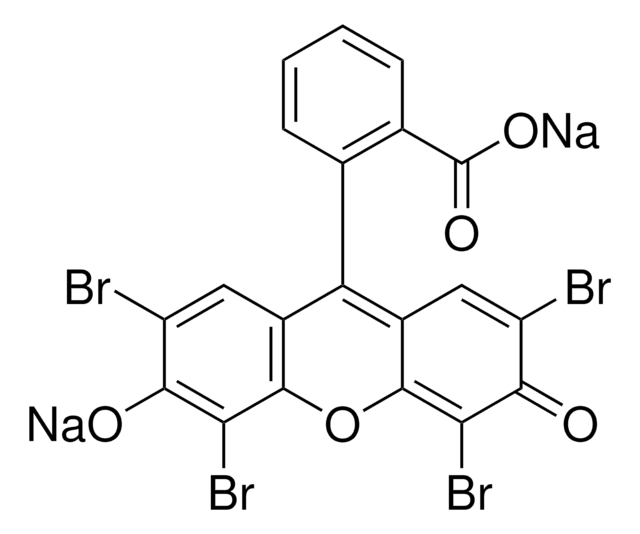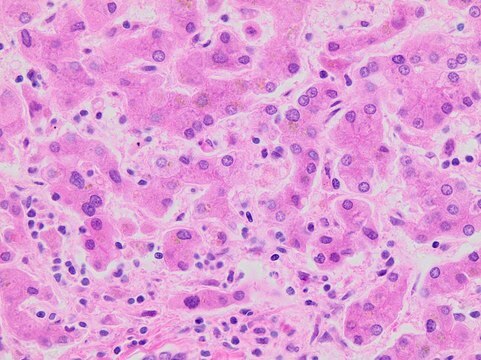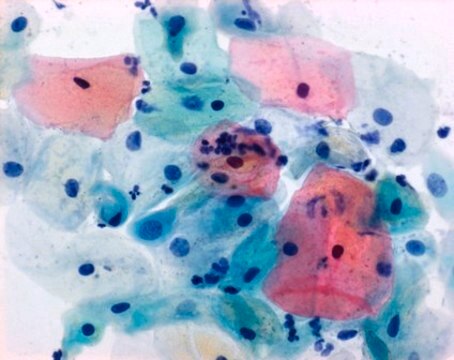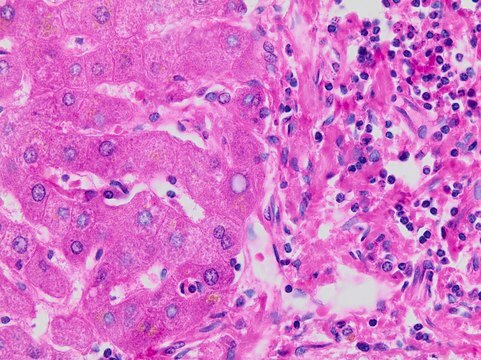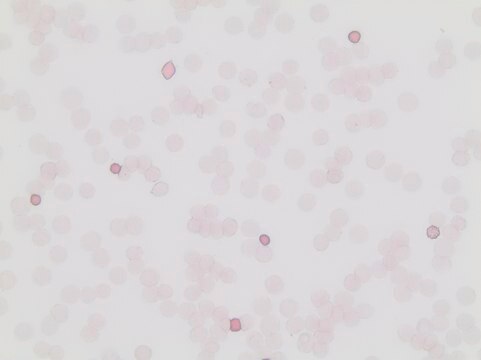HHS32
Harris-Hämatoxylin-Lösung, modifiziert
About This Item
Empfohlene Produkte
Form
solution
Qualitätsniveau
Haltbarkeit
Expiry date on the label.
IVD
for in vitro diagnostic use
Konzentration
7 g/L
Anwendung(en)
hematology
histology
Lagertemp.
room temp
SMILES String
Oc1cc2C[C@@]3(O)COc4c(O)c(O)ccc4[C@H]3c2cc1O
InChI
1S/C16H14O6/c17-10-2-1-8-13-9-4-12(19)11(18)3-7(9)5-16(13,21)6-22-15(8)14(10)20/h1-4,13,17-21H,5-6H2/t13-,16+/m0/s1
InChIKey
WZUVPPKBWHMQCE-XJKSGUPXSA-N
Suchen Sie nach ähnlichen Produkten? Aufrufen Leitfaden zum Produktvergleich
Anwendung
Sonstige Hinweise
Lagerklassenschlüssel
10 - Combustible liquids
WGK
WGK 1
Flammpunkt (°F)
Not applicable
Flammpunkt (°C)
Not applicable
Analysenzertifikate (COA)
Suchen Sie nach Analysenzertifikate (COA), indem Sie die Lot-/Chargennummer des Produkts eingeben. Lot- und Chargennummern sind auf dem Produktetikett hinter den Wörtern ‘Lot’ oder ‘Batch’ (Lot oder Charge) zu finden.
Besitzen Sie dieses Produkt bereits?
In der Dokumentenbibliothek finden Sie die Dokumentation zu den Produkten, die Sie kürzlich erworben haben.
Kunden haben sich ebenfalls angesehen
Verwandter Inhalt
Brief information on the field of cytology, its role in cytodiagnosis and the use of standard and special stains for microscopic analysis to detect cellular abnormalities.
Kurzinformation zum Gebiet der Zytologie, ihrer Rolle bei der Zytodiagnostik und zum Einsatz von Standard- und Spezialfärbungen für die mikroskopische Analyse zum Nachweis von Zellanomalien.
Three-dimensional (3D) printing of biological tissue is rapidly becoming an integral part of tissue engineering.
Unser Team von Wissenschaftlern verfügt über Erfahrung in allen Forschungsbereichen einschließlich Life Science, Materialwissenschaften, chemischer Synthese, Chromatographie, Analytik und vielen mehr..
Setzen Sie sich mit dem technischen Dienst in Verbindung.